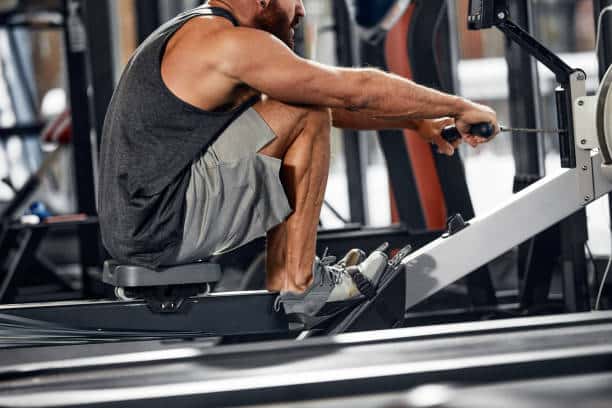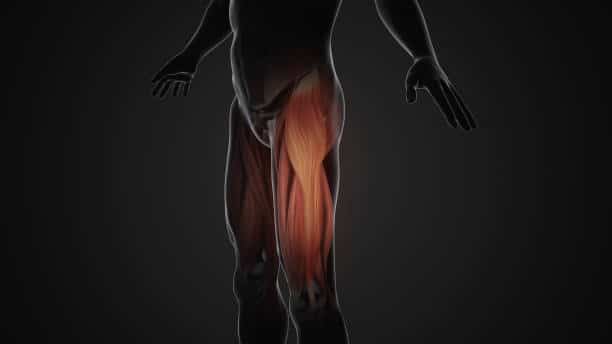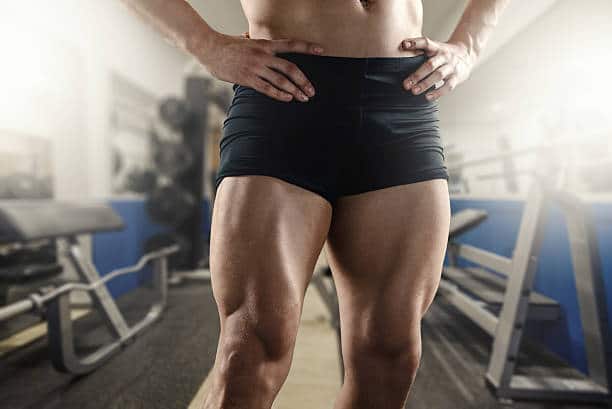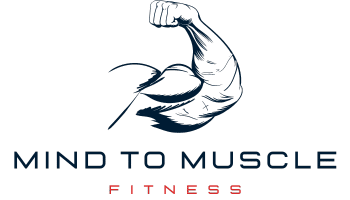
Effective TFL Muscle Workout Tips & Techniques
Did you know that a weak Tensor Fasciae Latae (TFL) muscle is responsible for hip discomfort in over 80% of people? This small yet vital muscle is key to effective lower-body workouts, impacting both hip mobility and stability. In this guide, we’ll explore powerful TFL muscle workout techniques and exercises designed to enhance your lower body functionality.
Understanding the role of the TFL muscle is crucial for improving hip mobility and preventing injuries.
Whether you’re looking to enhance your sports performance or simply wish to move more comfortably, targeted TFL muscle workouts can offer remarkable benefits.
I’ve compiled practical, expert-backed tips to help you strengthen your TFL effectively. Let’s get started!
Understanding the TFL Muscle

The tensor fasciae latae (TFL) is a crucial muscle in the thigh, integral to maintaining hip stability. As a key hip stabilizer, the TFL is located at the front and side of the hip, where it collaborates with other muscles to ensure smooth hip function.
Anatomically, the TFL originates from the iliac crest and attaches to the iliotibial band (IT band), extending down to the outer knee. This connection is vital for stabilizing the hip during activities such as walking, running, and balancing. To support overall hip strength and stability, the TFL must be well-developed and functional.
When the TFL is weak or underdeveloped, it can lead to muscle imbalances, which may reduce hip stability and cause discomfort or pain. Identifying and addressing these imbalances with targeted TFL muscle workouts is key to maintaining optimal hip health and preventing issues.
- Ensures proper hip stabilization
- Assists in activities like walking and running
- Works with other hip muscles for balanced movement
- Prevents muscle imbalances and related discomfort
The significance of preserving TFL strength becomes clear when one considers the complex structure of this structure and its function as one of the main hip stabilizers. By reducing the likelihood of muscular imbalances and improving muscle function, this all-encompassing strategy promotes the general health of the hips and lower body.
Importance of TFL Workouts for Mobility and Stability

Targeted workouts for the **Tensor Fasciae Latae (TFL)** are essential for enhancing both mobility and stability. This important muscle is key to hip movements and maintaining good posture. By focusing on exercises that improve hip stability, you’re not only strengthening the TFL but also boosting your overall functional fitness.
Fitness research shows that strengthening the TFL is linked to better injury prevention. A strong TFL stabilizes the hips, reducing the risk of common injuries, particularly for active individuals and athletes. Studies reveal that consistent TFL workouts improve flexibility and promote more efficient movement patterns.
Biomechanics experts highlight the broad benefits of improved hip stability. Strengthening the TFL can alleviate strain on other muscles and joints, leading to more efficient movement and reduced wear and tear over time.
Personal trainers often note that TFL workouts can enhance athletic performance. Whether you’re running, cycling, or participating in other sports, a strong and flexible TFL contributes to better balance and endurance, helping you achieve your fitness goals.
Integrating these exercises into your routine supports overall functional fitness, ensuring you’re prepared for any physical challenge.
Dynamic TFL Muscle Workout Techniques
Making use of dynamic workout methods can greatly improve the state of your TFL muscle. I’ll teach you how to perform active stretching exercises to increase TFL flexibility and efficient foam rolling techniques for myofascial release.
Foam Rolling Techniques
Foam rolling is a highly effective technique for myofascial release, especially for the TFL muscle. Begin by placing the foam roller below your hip bone and gently roll it toward your outer thigh. This helps break down adhesions and improve blood flow to the area.
Exos, a leading sports therapy clinic, recommends foam rolling for about two to three minutes per muscle group for optimal results. To further enhance TFL flexibility, combine this practice with a regular stretching routine.
Active Stretching Exercises
Active stretching exercises are highly effective for enhancing TFL flexibility. Incorporate stretches such as the hip flexor stretch and lateral band walks into your routine. These exercises not only stretch the TFL but also engage surrounding muscles, promoting a balanced workout.
The American College of Sports Medicine suggests incorporating dynamic stretching for at least 5-10 minutes as part of your warm-up. This preparation reduces the risk of injury and enhances overall muscle function.
By combining dynamic stretching with foam rolling, you can significantly improve your TFL flexibility and strength, leading to better mobility and reduced discomfort.
Integrating TFL Workouts into Everyday Routine
Integrating TFL workouts into your daily routine can significantly boost your mobility and stability. A practical approach is to include these exercises in your home workouts. For example, I often perform a few TFL stretches before my morning jog or after a quick yoga session to maintain muscle health throughout the day.
Adding TFL exercises doesn’t have to be time-consuming. If you work at a desk, try doing specific stretches during your lunch break. Occupational therapists recommend standing up and performing a few dynamic stretches to alleviate muscle tension. Combine these with your usual daily workout tips to ensure a balanced routine.
To stay consistent, set specific times for your TFL workouts. Fitness experts often emphasize the benefits of creating a routine, such as exercising first thing in the morning or just before bed. Your body quickly adapts to these habits, making it easier to maintain them. I find that incorporating these workouts into other exercises creates a seamless home routine. Consistent efforts contribute greatly to long-term muscle health.
By making small adjustments to your daily habits, integrating TFL workouts becomes simple and effective. Adjusting your routine to include these exercises promotes overall well-being and keeps your muscles agile and strong. The key is to naturally weave these workouts into your daily life for continuous improvement in your fitness journey.
FAQ
What are some effective exercises to strengthen the TFL muscle?
Effective tensor fasciae latae exercises include side-lying leg lifts, standing hip abductions, and resisted lateral band walks. These movements are designed to strengthen the TFL muscle and enhance your lower body workouts by specifically targeting the hip muscles. Integrating these exercises into your routine can significantly improve TFL strength and overall hip stability. Additionally, incorporating exercises that promote balanced muscle development can further enhance performance and reduce the risk of injury. While focusing on the TFL, don’t forget to engage in complementary upper body workouts, such as teres major muscle exercises, to ensure a holistic approach to functional strength. This combination can improve both stability and mobility, benefiting overall athletic performance.
Why is hip mobility important for overall lower body functionality?
Hip mobility techniques are essential for maintaining the proper function of the TFL muscle, which is key for stabilizing the hip and lower body. Effective hip mobility enhances injury prevention and promotes greater movement efficiency during physical activities. By focusing on these techniques, you support the TFL’s role in stabilizing the hip and improving overall movement quality.
What is the anatomy and function of the TFL muscle?
The TFL muscle, or tensor fasciae latae, is positioned on the outer side of the hip and functions as a key hip stabilizer. It assists in hip abduction and helps maintain balance during activities like walking and running. Understanding the anatomy of the TFL is crucial for addressing muscle imbalances and improving overall hip health.
How can poor TFL health affect overall mobility?
Poor TFL health can result in muscle imbalances and contribute to issues such as hip pain or lower back pain. This, in turn, can compromise overall mobility and stability. To prevent these problems, it is essential to maintain the TFL’s health through targeted exercises and proper care.
Why are TFL workouts vital for functional fitness?
TFL workouts are crucial for hip stability and mobility. Strengthening the TFL improves posture, helps prevent injuries, and enhances functional fitness. This is essential for everyday movements such as walking, running, and balancing.
What are some dynamic techniques for TFL muscle conditioning?
Dynamic techniques for TFL conditioning, such as foam rolling and active stretching exercises, are effective for relieving muscle tension and enhancing TFL flexibility. These methods promote better overall muscle health and functionality.
How can I integrate TFL workouts into my daily routine?
You can seamlessly integrate TFL workouts into your daily routine by incorporating a few targeted exercises into your home workouts. For instance, performing standing hip abductions or band walks while watching TV or taking short breaks during your workday for hip mobility stretches can make a notable difference in your overall hip health.
What are the benefits of foam rolling for the TFL muscle?
Foam rolling techniques for the TFL muscle facilitate myofascial release, reducing muscle tightness and improving flexibility. Regular foam rolling can enhance TFL muscle recovery and help prevent injuries, making it a valuable addition to your workout routine.
Can TFL strengthening help with athletic performance?
Yes, strengthening the TFL can greatly boost athletic performance by improving hip stability and mobility. Athletes who prioritize TFL workouts often see enhanced agility, balance, and overall functional fitness, which translates into better performance in their sports.



